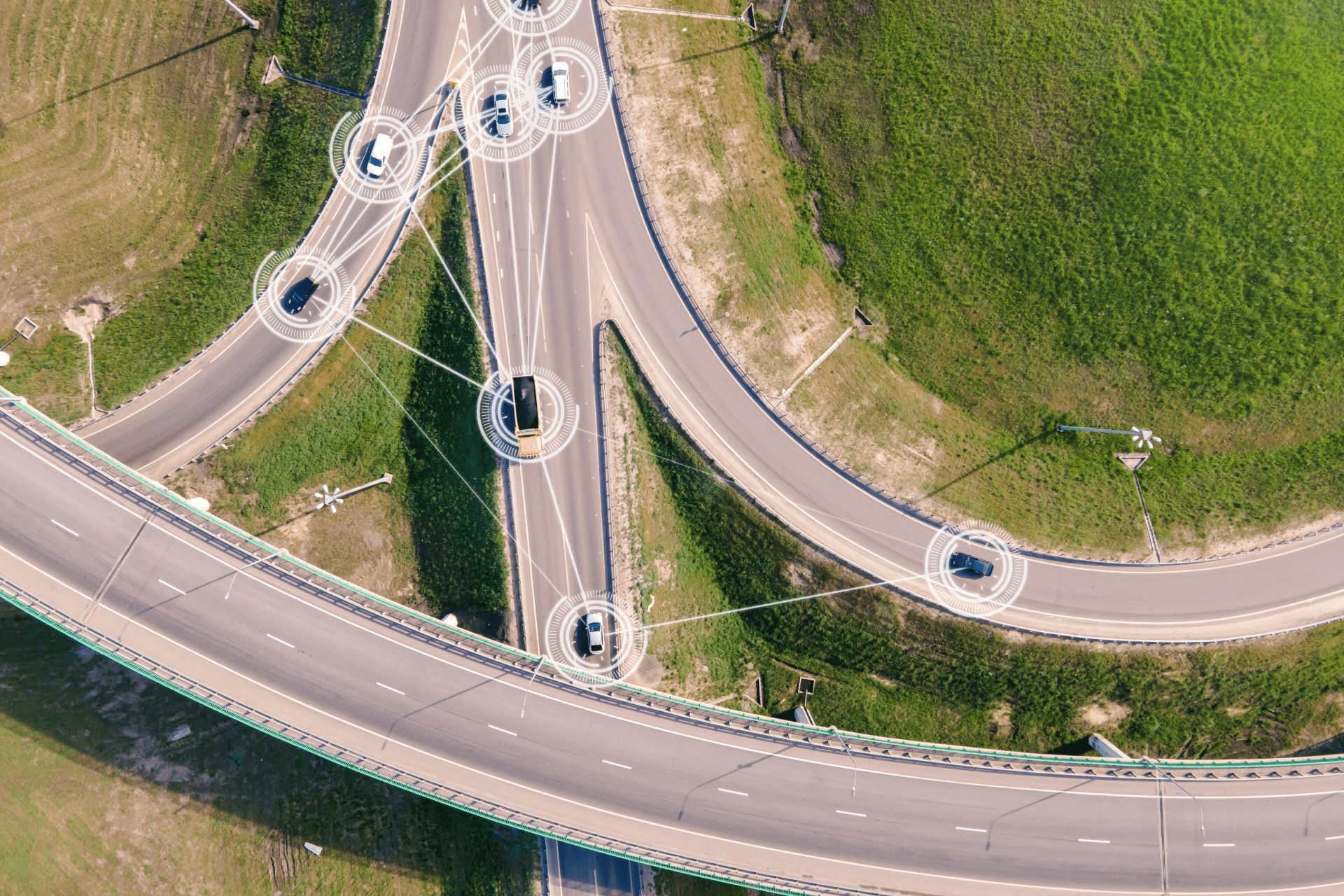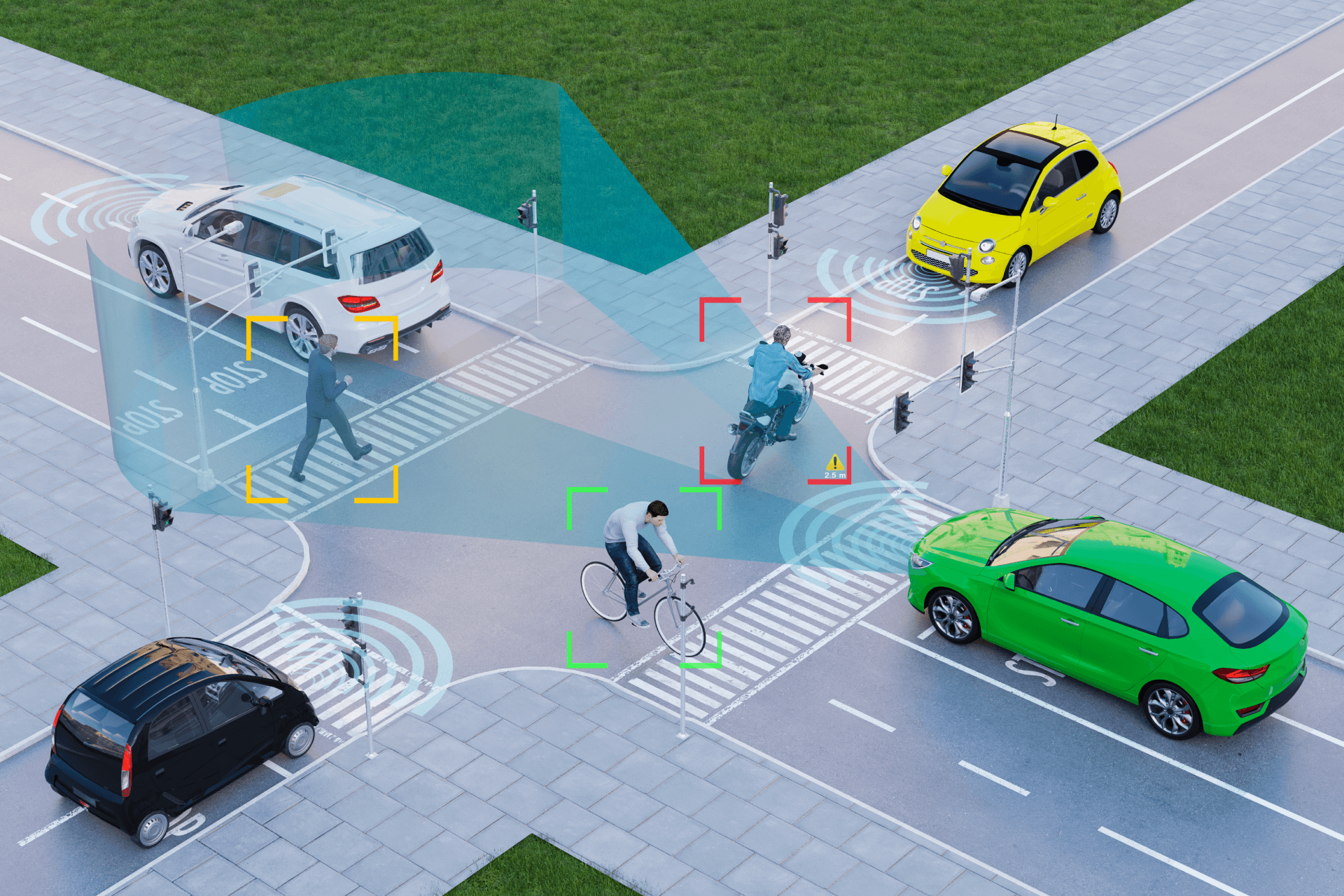Using AI to Reduce Road Deaths by 50%
According to a report from the World Health Organization, approximately 1.3 million people die annually as a result of road traffic crashes. Between 20 and 50 million more suffer non-fatal injuries, with many incurring a disability. One of the recent Sustainable Development Goals (SDGs) from the UN include a call for action to halve the annual rate of road deaths globally and ensure access to safe, affordable and sustainable transport for everyone by 2030. There are many ways AI can help achieve this goal. Let’s start by looking at the level of safety offered by autonomous vehicles.

Can AI Really Offer a Safer Driving Experience?
One of the reasons autonomous driving cars could ultimately become safer than the regular cars we drive today has to do with the way they operate. Given that more than $250 billion has been invested in autonomous driving over the past three years and this pace of investment is expected to continue, at some point these self-driving cars will become orders of magnitude safer in preventing many types of accidents that have to do with human driver error — for instance, simply rear-ending another vehicle because the driver wasn’t paying attention. These types of accidents will practically never happen with autonomous cars.
On the other hand the issue with edge cases still remains. People use commonsense reasoning to handle unexpected phenomena while driving: a deer darts onto the highway. A flood makes the road difficult or impossible to navigate. People do not learn about all these possible edge cases in driving school. Instead, we use our everyday commonsense reasoning skills to predict actions and outcomes. Since we are not yet capable of building common sense reasoning into cars, researchers must anticipate and code every possible situation. Machine learning can only help to the extent that manufacturers anticipate every situation and provide training examples of every possible situation.

Therefore, one of the solutions used for Level 4 automation is to restrict the vehicle’s operational design domain (ODD). For example, Waymo has created a Level 4 automated vehicle meaning the car can drive itself under limited geographic conditions and doesn’t need driver supervision. However, the technology that powers them is not ready for mass-market use outside of its test areas. Experts estimate that we could have level 3 or 4 cars for sale within the next 10 years. But in the meantime, it’s important not to overlook the benefits that the pursuit of autonomous cars has already wrought. Cars will soon be able to reliably take over in some instances, say, on the highway — where the lanes are clearly marked and the rules are pretty clear — but humans might take over on city streets.
How Can Quality Data Annotation Make Autonomous Vehicles Safer?
We mentioned earlier that edge cases remain a huge problem for autonomous vehicle manufacturers, but this problem may be overcome with quality data annotation. Since the car cannot yet reason on its own, human data annotators need to prepare the raw data sets to train the machine learning algorithms on how to properly react to each individual scenario. As an example of a difficult edge case, let’s take a look at difficult weather conditions:

If this image was part of a training data set, a human data annotator would need to label the cars and semantic segmentation to to locate frontal objects such as roads, dividers, vehicles, pavements, etc. It is a vital subsystem of the vehicle’s navigation system. In fact, semantic segmentation is one of the most detailed types of annotations since it involves scene understanding in which classification is performed on every single pixel of an image.
Such work will allow the autonomous vehicles to better navigate in inclement weather conditions and recognize the various objects, road markings, pedestrians and anything else the car might encounter on the road and make the right driving decisions. However, we should note that difficult weather conditions are just one possible edge case. Researchers still need to think about other life-critical situations that demand validation such as out of the norm for pedestrians or cyclists, objects on the road, etc.
Trust Mindy Support With All of Your Data Annotation Needs
At Mindy Support, we understand the importance of highly accurate data annotation in the automotive industry, which is why we have rigorous QA processes in place to ensure the highest levels of accuracy. We currently have 2,000 employees all over Ukraine and in other geographies globally to cover all required language skills. Our size and location allow us to source and recruit the needed number of candidates within a short time frame and we can scale your team quickly as well. Contact us today to learn more about how we can help you.





